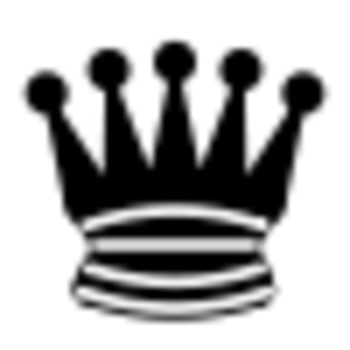Two corners of an isosceles triangle are at #(9 ,4 )# and #(3 ,2 )#. If the triangle's area is #48 #, what are the lengths of the triangle's sides?
1 Answer
Explanation:
The length of the given side is
From the formula of the triangle's area:
Since the figure is an isosceles triangle we could have Case 1 , where the base is the singular side, ilustrated by Fig. (a) below
Or we could have Case 2 , where the base is one of the equal sides, ilustrated by Figs. (b) and (c) below
For this problem Case 1 always applies, because:
#tan(alpha/2)=(a/2)/h# =>#h=(1/2)a/tan(alpha/2)#
But there's a condition so that Case 2 applies:
#sin(beta)=h/b# =>#h=bsin beta#
Or#h=bsin gamma#
Since the highest value of#sin beta# or#sin gamma# is#1# , the highest value of#h# , in Case 2, must be#b# .
In the present problem
Solution considering Case 1 (Fig. (a))
#b^2=h^2+(a/2)^2#
#b^2=(48/sqrt(10))^2+(cancel(2)sqrt(10)/cancel(2))^2#
#b^2=2304/10+10=2404/10=1202/5# =>#b=sqrt(1202/5)~=15.505#


